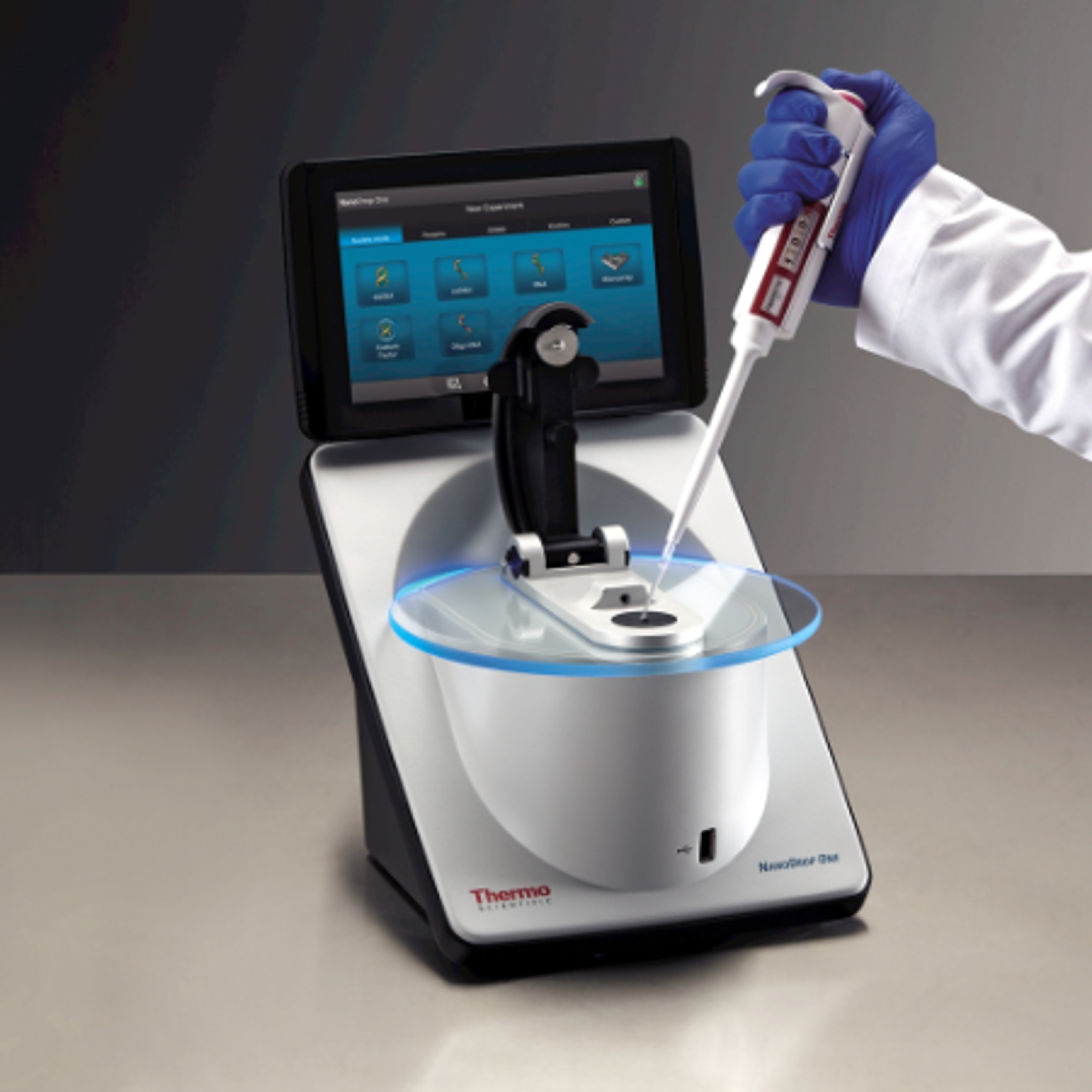Clinical testing: How reliable and inventory-friendly methods are helping overcome post-pandemic hurdles
Find out how using the right tools can help address the biggest challenges in the world of molecular diagnostics
28 Jul 2022

In the high-stakes field of molecular diagnostics, accurate clinical testing contributes to a make-or-break decision between whether or not a patient receives a targeted therapy. Nicole Deisher, Lab Manager at the Molecular Pathology & Genomics lab at Thomas Jefferson University Hospital, shares more on the challenges and solutions facing this field today, with a focus on supply chain restrictions and other unpredictable difficulties in a post-COVID-19 world.
Molecular diagnostics has gained traction over the past decade for its application in precision medicine. With the launch of new and improved diagnostics, the sensitivity and specificity of mutation detection have improved considerably. These advancements have enabled targeted therapies for many patients, especially in oncology. Sharing more on the infectious disease and oncology work conducted in her lab, Deisher says, “Our infectious disease work is mostly PCR-based, but also includes quantitative viral load testing for infectious diseases such as hepatitis B and C, respiratory pathogen panels, COVID-19 detection, and qualitative detection of sexually transmitted diseases. On the oncology side, we have two main platforms: targeted next-generation sequencing for solid tumor and hematological cancers, as well as fragment analysis assays that support the solid tumor and hematological cancer work.”
Unlocking molecular diagnostic barriers
Deisher shares that working on clinical workflows in a diagnostic lab has become even more challenging in a post-pandemic world. Today, COVID-19 tests need to be conducted alongside other standard services offered by a clinical testing lab. “One of the biggest challenges with the pandemic has been its unpredictability,” says Deisher. “The sudden spread of a new variant means the testing volume requirement for our lab may surge at any time and we need staff on standby to address the surge. This requires effective resource management, so we are not overstaffed when the disease spike dips.”
To further complicate resource management, the skillset required to work in a specialized molecular laboratory is uncommon. “In the case of a tumor biopsy section, the sample volume extracted from the patient is typically very limited,” explains Deisher. “This allows no room for error. Doing our job accurately directly influences the patient’s targeted therapy. We perform high-stakes work, which requires an immense amount of skill, respect, and dedication.”
Additionally, supply chain hurdles have been notorious for their cross-industry impact. Deisher adds, “We have recently faced pipette tip shortages and pipette tips are crucial in a molecular lab. We had to procure tips from third-party vendors instead of buying directly from the manufacturers, turning a once streamlined process to one which includes several obstacles.”
Meet a reliable, versatile, and inventory-friendly solution
To alleviate the challenges that Deisher’s lab and many molecular labs face today, it is crucial the labs are supplied with the right tools. One such technology that permeates the molecular diagnostics field is the Thermo Scientific™ NanoDrop™ One Microvolume UV-Vis Spectrophotometer, an instrument that Deisher’s lab uses as a fundamental component for testing. Deisher describes the NanoDrop Spectrophotometer as the gold standard, enabling multiple molecular techniques to be conducted using a single platform. The advanced technology behind the NanoDrop instrument provides key information on sample purity, as well as the quantity of DNA, RNA, proteins, oligos, and more. “I would be surprised if there is a molecular scientist in our field who has not worked with the NanoDrop Spectrophotometer at some point in their career,” says Deisher.
“The NanoDrop Spectrophotometer is also easy to use,” explains Deisher. “The data output from the NanoDrop instrument is catered to the end user. When the measurements are complete, the instrument software generates a report, which can be exported as a spreadsheet file,” says Deisher. “We upload our files to an in-house database, enabling us to study concentrations across our samples in a systematic manner.”
Deisher highlights the reliability, versatility, and convenience of the NanoDrop Spectrophotometer but also its affordability and conservative inventory usage. “The NanoDrop instrument does not require extra reagents, which is key to making the instrument a staple in a post-pandemic world with supply shortages,” says Deisher. When asked to compare the NanoDrop Spectrophotometer to other instruments, Deisher states, “We use other tools that rely on preparing a master mix, requiring additional tubes, reagents, and other inventory, which are lately difficult to procure. Using the NanoDrop instrument requires pipette tips, but the instrument provides a quantitative and qualitative sample assessment without the need for dilutions, which helps save on additional consumable requirements.”
Looking ahead to the future: Enabling timely testing for patients
The driving force of molecular diagnostics is it enables the provision of quality and timely results to patients. Deisher notes patients are now required to take a COVID-19 test before surgery; the lab continues to provide those test results to ensure surgeries and outpatient procedures remain uninterrupted. “Our success in providing COVID-19 test results in a timely manner would be impossible without every member of my team, ”concludes Deisher. “We hope that we continue to have the honor to make a positive impact on many lives, and make novel technologies and testing methods available to our patients.”

